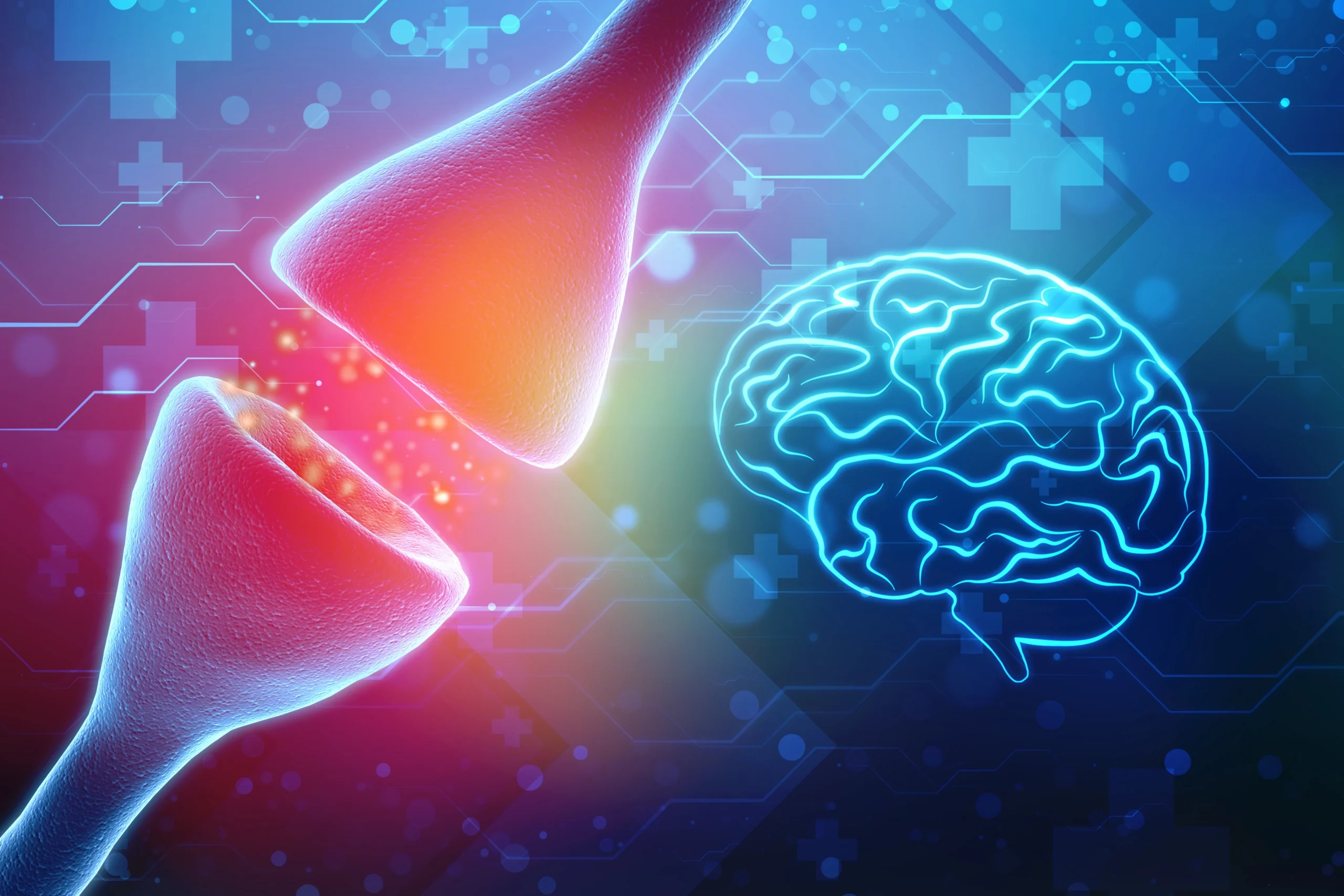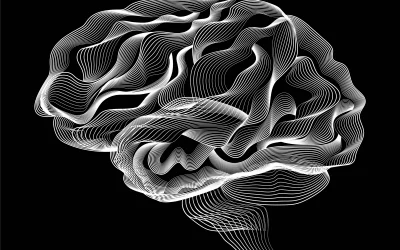When a person suffers from a traumatic brain injury, the severity of the injury varies depending on the kind and quantity of damage, the location of the injury, and the length of time the injury may go untreated. When a minor head injury occurs, the person should be assessed by a professional as soon as possible.
A doctor will examine a person’s cognitive abilities, socializing skills or challenges, behavioral disorders, and various other emotional, physical, and psychological symptoms during the first examination.
Imaging Studies That Show a TBI
Health care practitioners may use imaging studies to determine the extent and location of brain injury. These tests include the following:
COMPUTED TOMOGRAPHY (CT)
A ‘cat’ scan, as it’s known, involves taking many X-rays of the brain from various angles to build a full image. The presence of cerebral bleeding, bruised brain tissue, and other injuries is readily apparent.
MRI STANDS FOR MAGNETIC RESONANCE IMAGING (MRI)
MRI scans employ magnets and radio waves to provide more detailed pictures than CT scans. Because damage assessment takes longer, the test is more likely to be utilized in follow-up assessments.
MONITORING OF INTRACRANIAL PRESSURE (ICP)
Swelling of the brain may raise the pressure inside the skull. This swelling has the potential to cause further injury. A probe inserted through the skull might be used to monitor the swelling. To relieve pressure, a drain or shunt may be implanted in the skull.
Following the completion of the wounded person’s evaluations, the injured person embarks on a road to recovery that, in difficult situations, maybe lengthy and laborious. Rehabilitation outcomes are as diverse as the injuries themselves. Even though the injuries are the same, some people will respond better to the same treatment than others.
Physical treatment, occupational therapy, and cognitive therapy may be required for those who have suffered brain damage. The therapist must be well-educated and experienced.
Different areas of the body’s flexibility and mobility might be affected by brain trauma. Physical therapy aims to help you restore normal use of these muscles. Occupational therapy assists brain damage victims in resuming as much normalcy as possible in their daily lives.
Another issue that a brain-damaged person may face is cognitive impairment. The sufferer’s entire thinking abilities and processes are affected by cognitive impairment. Therapy for cognitive disorders is highly tough and, in many circumstances, only has a limited success rate.
GETTING A LAWYER FOR A BRAIN INJURY
A person who suffers a traumatic brain injury due to someone else’s negligence should seek out a brain injury lawyer with a track record of success in these complex situations.
It takes a team of medical specialists to establish the severity of the damage and how long it will take to recover. They must also calculate the worst-case scenario, which would entail a lifetime of therapy, limited recovery, and a total loss of income. Throughout a lifetime, the victim’s total cost might be in the millions.
Many legal firms are contacting brain injury patients through paid referral sites, huge advertising, television commercials, and the internet, promising significant monetary compensation. Many of these businesses have never set foot in a courtroom and have no concept of how much a brain damage lawsuit is worth throughout a lifetime.
Settlement mills are what they’re called. Their purpose is to reach an agreement with an insurance company and persuade the damaged party that they have done all they can to help them. They take their cut and go on to the next round. Keep your distance. Hire a legal company that is ready to pay for your case upfront, no matter how long it takes, to collect the most feasible money.
THE TREATMENT OF TRAUMATIC BRAIN INJURIES SHOULD BE DONE AS A TEAM EFFORT.
The brain is a valuable asset. Your muscles, thinking, reasoning, respiration, and various other critical body activities are all controlled by it. Unfortunately, the brain isn’t immune to injury.
A forceful bump, blow, jolt, or piercing damage to the head causes a traumatic brain injury, disrupting normal brain function. A brain injury is severe and needs immediate medical treatment.
According to the Centers for Disease Control and Prevention, traumatic brain injuries are a leading cause of mortality and disability in the United States, with over 2.8 million such injuries resulting in ER visits, hospital admissions, and fatalities each year. Traumatic brain injuries account for around 30% of all injury-related fatalities.
“A traumatic brain injury may have a broad range of physical and psychological consequences that can last anywhere from a few days to the remainder of a person’s life,” says Paola Sandroni, M.D., Ph.D., a Mayo Clinic neurologist in Rochester and Mankato, Minnesota. “To properly treat traumatic brain injuries, a team of doctors and other medical professionals is required due to the wide-ranging implications of the damage.”
MINOR INJURIES
The impact of the damage on brain function is described using the categories “mild,” “moderate,” and “severe.” A minor brain injury is nonetheless a severe condition that needs immediate medical treatment and an appropriate diagnosis ” A moderate brain damage does not need a person to lose consciousness, “Dr. Sandroni agrees.
“A concussion is the most common form, which is often related to contact sports. The term mild may be deceiving, since the long-term effects of an injury, particularly many injuries can be severe.”
Headache, blurred vision, nausea, dizziness, sleepiness, ringing in the ears, or sensitivity to light or sound symptoms of a moderate traumatic brain injury. Rest and over-the-counter pain medications are frequently all that are required for moderate traumatic brain injuries.
“However, a person with a mild traumatic brain injury should be continuously watched at home for persisting, worsening, or new symptoms,” Dr. Sandroni advises. “In addition, before returning to work or school, the individual may need a follow-up consultation with a neurologist for a physical and cognitive exam.”
Symptoms normally go away in three weeks, although they might last longer or lead to problems.
TREATMENTS FOR MODERATE TO SEVERE INJURIES IN THE EVENT OF AN EMERGENCY
Brain injuries range from mild to severe need rapid medical attention. The medical team will concentrate on limiting secondary damage caused by inflammation, bleeding, or a lack of oxygen delivery to the brain, in addition to analyzing the brain injury.
“A CT or MRI scan is often used to provide a thorough image of the brain, skull, blood vessels, and other soft tissue,” explains Anthony Burrows, M.D., a neurosurgeon at Mayo Clinic Health System in Albert Lea, Mankato, and New Prague, Minnesota.
“This allows the medical staff to see whether there are any fractures, blood clots, bleeding on the brain, swelling of the tissue, or injured brain tissue. The team can use this information to diagnose the brain injury and devise medical or surgical treatments
“Seizures, clear fluids draining from nose or eyes, profound confusion, extremity weakness, repeated vomiting, agitation, slurred speech, loss of coordination, loss of consciousness for several minutes to hours, inability to be awakened from sleep, and dilation of one or both pupils of the eyes are all signs and symptoms of moderate to severe traumatic brain injuries.
SURGICAL PROCEDURES FOR INJURIES RANGING FROM MILD TO SEVERE
Limiting mortality, stabilizing the person’s spinal cord, heart, lung, and other essential organ functioning, and preventing additional brain damage are all priorities for someone who has experienced a severe TBI. A breathing machine is usually required for those who have had a severe TBI to guarantee correct oxygen supply and breathing.
Health care personnel monitor the person’s blood pressure, blood flow to the brain, brain temperature, pressure within the skull, and oxygen delivery to the brain throughout the acute treatment phase.
Intracranial pressure monitoring, or ICP monitoring, is a frequent procedure that requires introducing a specific catheter via a hole made into the skull. Doctors routinely use ICP monitoring to identify whether or not drugs or surgery are required to avoid further brain damage from swelling. Surgery may be required for those who have suffered a serious head injury to alleviate pressure within the skull, remove damaged or dead brain tissue (particularly in the case of penetrating TBI), or remove hematomas.
In-hospital management techniques for persons with severe TBI attempt to avoid complications such as: Infection, especially pneumonia thrombosis of the deep veins (blood clots that occur deep within a vein; risk increases during long periods of inactivity)
Nutritional supplements may be required for people with TBIs to reduce the long-term consequences of vitamin, mineral, and other dietary deficits. Some people may even need tube feeding to maintain a healthy nutritional balance.
People with severe TBI are often sent to a rehabilitation facility after their acute care phase, where a multidisciplinary team of health care experts assists with recovery. Neurologists, nurses, psychologists, dietitians, and physical, occupational, vocational, speech, and respiratory therapists, make up the rehabilitation team.
Cognitive rehabilitation therapy (CRT) is a treatment method that uses a personalized training regimen to assist people in restoring their normal brain function. With this approach, people may develop compensatory techniques for dealing with chronic memory, problem-solving, and decision-making deficits. CRT regimens are often highly personalized, and results vary. According to a 2011 Institute of Medicine study, cognitive rehabilitation strategies need to be better researched and evaluated.
A neurosurgeon may put a probe into the skull to monitor the pressure if tissue enlargement or increased pressure on the skull’s interior is found.
“In certain persons who have had severe brain injuries, cerebrospinal fluid may build up in the gaps in the brain, producing greater pressure and swelling in the brain,” adds Dr. Burrows. “This increased pressure in the skull may result in more brain injury.”
A surgeon may alleviate pressure within the skull and use a pressure monitor by draining collected cerebrospinal fluid with a catheter or removing a part of the skull to provide more space for enlarged tissues.
“An emergency craniectomy is a technique in which a part of the skull is temporarily removed to enable more space for the wounded brain to grow and prevent further damage,” explains Dr. Burrows. “The bone flap may be replaced in a second operation once the brain has healed and the swelling has subsided. It is a successful surgical therapy for life-threatening traumatic brain injuries.”
Other emergency surgical treatments, such as the following, may be required to prevent further brain tissue damage:
Getting rid of clots of blood
Bleeding on the outside or inside the brain may cause a hematoma, which exerts pressure on the brain
and destroys brain tissue. Repairing fractures in the skull
Repairing serious skull fractures or removing skull fragments from the brain may need surgery. Subdural hematoma (bleeding in the brain)
Head traumas that result in brain hemorrhage may need surgery to halt the bleeding.
After a severe traumatic brain injury is stabilized after surgery, patients frequently get treatment from a multidisciplinary team in the ICU. Rehabilitation
Because some patients need to relearn fundamental abilities like walking or talking, recovery from traumatic brain injury may take a long period.
“Usually, therapy starts in the hospital and continues in an inpatient rehabilitation center, a residential treatment facility, or via outpatient care,” says John Jakovich, D.O., a Physical Medicine, and Rehabilitation physician at Mayo Clinic Health System in Mankato. “The objective is to increase function and the capacity of individuals with traumatic brain injuries to undertake everyday activities.”
Physicians specializing in physical medicine and rehabilitation collaborate alongside occupational, physical, and speech and language therapists to help people recover from brain injuries.
“Each patient’s treatment demands vary depending on the degree of the brain damage and the portion of the brain that was injured,” Dr. Jakovich explains. “We provide a complete physical exam to assess the patient’s strength, balance, memory, and cognition, as well as talk about the patient’s objectives.” We create a tailored care and rehabilitation program based on this information.”
Patients recuperating from a traumatic brain injury, according to Dr. Jakovich, have a long road ahead of them, lasting from months to years. The majority of your healing will take place in the first year following your accident. As a result, the rehabilitation procedure must be completed within this time range.
“The treatments have a big effect, and the first six months following an accident are when patients see the most improvement.” This is because the brain’s plasticity is at its peak at this time. According to Dr. Jakovich, “this is the capacity of the brain’s neuronal networks to expand and restructure in response to damage.”
“After then, progress seems to decelerate or even halt.” While plateaus might be depressing, they are usually only transitory and important components of the recovery process. Progress may be made in little steps over time. The basic objective of rehabilitation is to enhance and restore function to the greatest extent feasible.”
OTHER ASPECTS THAT AFFECT RECOVERY GENES
According to evidence, genetics may have a role in how fast and thoroughly a person recovers from a TBI. For example, researchers discovered that apolipoprotein E 4 (ApoE4), a genetic mutation linked to an increased risk of Alzheimer’s disease, is linked to worse health after a TBI. This study is believed to lead to novel treatment techniques and better results for persons who have had a TBI. Much more research is needed to learn how hereditary variables and specific sorts of brain traumas in specific places influence recovery.
Age and the number of head injuries a person has had in his or her lifetime, according to studies, are two significant elements that influence recovery. Even though the fundamental injuries are the same, TBI-related brain edema in children might differ significantly from the same disease in adults. Swelling of the brain happens far more rapidly in newborns, young children, and teens than it does in older people.
Younger individuals (years 20 to 40) are more likely to experience behavioral and emotional abnormalities linked with CTE. In contrast, according to evidence from a small number of CTE studies, older persons (ages 50+) have greater cognitive impairments.
Compared to younger persons with the same severity of TBI, older adults are more likely to make a partial recovery. Older adults often have more medical difficulties and are more likely to be on many drugs, making therapy more difficult (e.g., blood-thinning agents when there is a risk of bleeding into the head). More study is required to see whether and how treatment tactics should be altered dependent on an individual’s age.
Researchers are still looking for other characteristics that might assist in forecasting a person’s recovery path.
MAKE A CALL RIGHT NOW.
Warrior Car Accident Lawyers, offers a team of skilled brain injury lawyers who have helped sufferers of traumatic brain injuries win significant financial awards. If you or a loved one has suffered a traumatic brain injury, don’t pick a legal firm that will let you go through life without enough money to survive.
Hire a law firm that understands the true value of your injuries. Warrior Car Accident Lawyers is the firm. We don’t simply accept defeat; we triumph! For a free consultation, call 719-300-1100 now.












